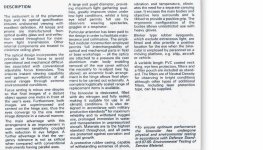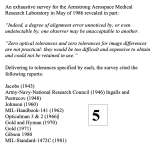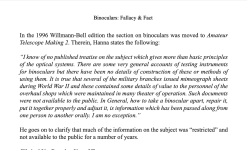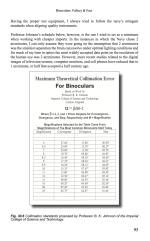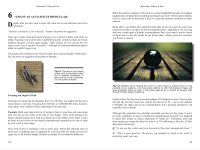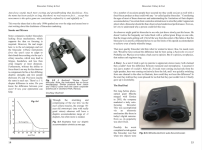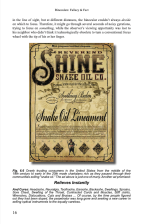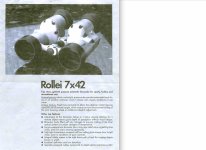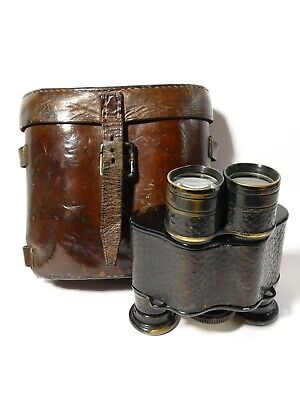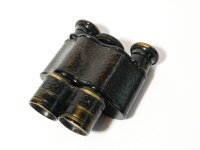I would interpret it as that the
eye is focussed at one metre, while the
binoculars focus at ~infinity.
Also perhaps the eyes converge to one metre, too. (As in avoiding 'Vergence-accommodation conflict')
I guess that reduces the binocular axes' vergence by a factor of 7. Possibly the binoculars focus on 7m object-side to give 1m eye-side? (No, that is naive thinking ... probably 500m as in Steiner above)
But hey, advertising-speak is rarely precise or accurate.
Steiner seem to be relying on '
hyperfocal distance': eye accommodation makes it a little different from photography, though.
That is yet another interesting design choice: it harks back to pre-WW1
Ross-Barton and
Huet ² ³ military designs, avoiding Zeiss' patent for using wider objectives for enhanced stereoscopic depth. That patent lapsed in 1908. Here the only benefit I can see is compactness. Perhaps they could be used as a stereo microscope, in reverse? Unusual on the battlefield: microsurgery? Oh, military field microscopes are
definitely a thing.
Thank you Bill for the extracts presumably from the book '(
BINOCULARS: Fallacy & Fact: The Instruments, The Industry and You' available in all the best online stores) and Prof Johnson's table of tolerances from Imperial College. I understand '
convergence' and '
divergence'; I deduce that '
step' is vertical misalignment.
I interpret Reid's comment "vergency tolerance is not as critical" (as with parallel axes) to mean there is less risk of
forcing the eyes to diverge, which would be completely unnatural for most of us.
I am perhaps lucky in being very tolerant of mis-collimation, having spent much time with stereo photography, both with viewers, and free-viewing either cross-eyed or parallel (even divergent?).
In fact I have discovered that my relaxed eyes naturally move their axes in quite different planes, the right eye about 10 degrees tilted. If I look out through a window with almost-closed curtains, such that one eye sees a street-light through the gap between the curtains, but the other eye 'sees' the light through the curtain fabric, converging and diverging the eyes also tilts one eye up and down, too! The fabric disrupts the image so that eyes/brain cannot 'fuse' two images into one.
In Unicode text, (may not work on all browsers and platforms)
←↗
Pehaps I have some chameleon genes?
I have very little success with
Autostereograms though ...
With binoculars, I usually only notice mis-collimation when I return to the real world, blinking, crossing and uncrossing my eyes to reset them.
As well as individual people having different tolerance, the type of use of binoculars is also significant. I would probably be driven mad if star-gazing with mis-collimated bins: I could probably align any star with any other star, so getting them all aligned at once could take a while.
The Aitchison fixed-IPD reverse-porro binoculars I mentioned are here:
They are marked Aitchison London. This is an antique pair of binoculars in a leather case. I'm not 100% convinced that the case is original to the binoculars. Unusual type of binoculars with a large brass front thumb adjuster in the middle which sends out the 2 small close together front lenses.
www.ebay.co.uk
A one-off failure? Or grandfather of modern compacts?
I suppose they could have been made in different IPD sizes: 'Small, medium, or large?' but I doubt it.
Aitchison did re-brand some French and German (Schütz Kassel/Cassel, Foth, Ruf) binoculars, so these may not be British.
I
said
instead of IPD adjustment. Of course, I meant 'large exit pupil', not long-eye-relief eyepieces. Sorry!
These do not have large exit pupils, at least not by modern standards.








